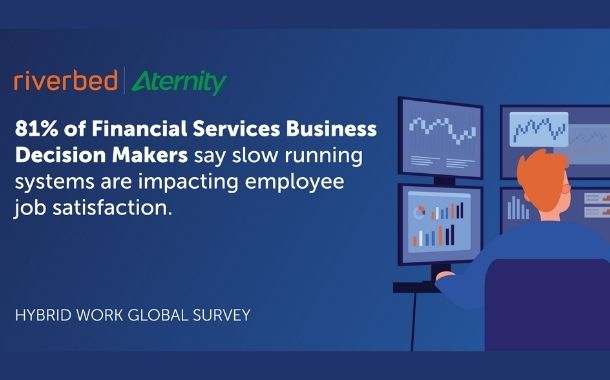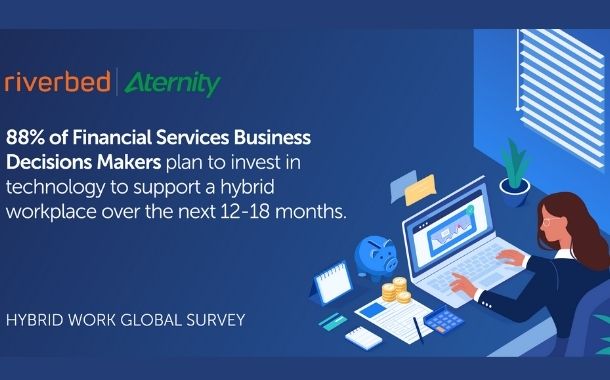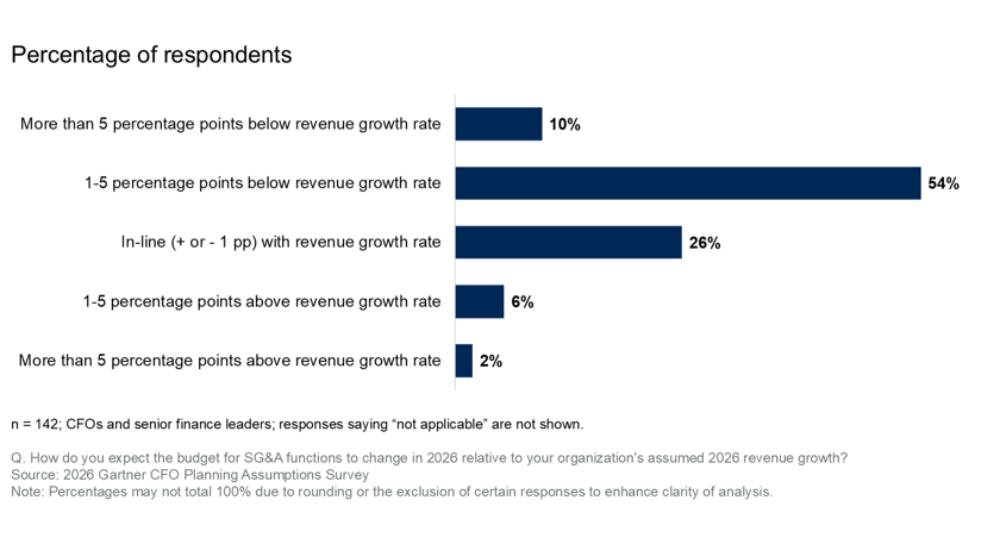Riverbed | Aternity unveils that nearly half (42%) of all IT decision makers (ITDMs) and 38% of business decision makers (BDMs) in the Financial Services sector believe that over 50% of their workforce will remain hybrid post-pandemic. Furthermore, the vast majority of Financial Services BDMs (96%) believe hybrid work environments help with the ability to recruit top talent and it will help them remain competitive in the future. Despite this, 87% of BDMs are concerned that as employees return to offices, there may be a disparity in network and application performance for hybrid, remote employees versus in-office employees. These are three of the findings from the Riverbed | Aternity Hybrid Work Global Survey, which provides insights into the current state of hybrid working, highlighting key investment areas and technologies needed to create a high-performing hybrid workplace.
Hybrid work environments are now a prerequisite for new talent. However, in the Financial Services sector, surprisingly, 59% say that they are not completely prepared from a technology standpoint, to support long-term hybrid working. To address this, ITDMs (90%) and BDMs (88%) plan to invest in technology to support a hybrid workplace over the next 12-18 months.
“The Financial Services sector has felt the impact of COVID-19, and the dramatic shift to remote and hybrid working,” explains Mena Migally, Regional Vice President, META at Riverbed | Aternity. “As the world returns to some new normality, banks and financial services are on the hunt for talent and battling against a shortage that is impacting businesses worldwide. Hybrid work is becoming a prerequisite for banks to attract new talent and retain a competitive advantage. To provide the seamless experience employees now demand, BDMs and ITDMs need to work together to ensure they have the right technology in place to meet these expectations. This means investing in end-to-end visibility and network performance and acceleration solutions that will future-proof their networks and deliver an exceptional end-user and digital experience. In doing so, they will create an environment that will inspire innovation, drive productivity, capitalize on growth and attract the next generation of talent.”

Barriers to Success
The report reveals that retaining talent and creating sustainable and high-performing hybrid workplaces are reliant on organizations addressing both human and technology-related barriers. According to Financial Services ITDMs, the top five barriers to adopting a hybrid work model are:
- Lacking the right technology and equipment in the home setups (31%)
- Poor home/remote network performance (29%)
- Expanded security risks (27%)
- Lack of visibility across the network (26%)
- Lacking the right technology and equipment in the traditional office (26%)
Financial Services BDMs agree that increasing security risks (37%) is also one of their biggest barriers to adopting hybrid working across their organization. And two in five (42%), cite employee motivation and well-being as the main reason.
To identify and troubleshoot issues quickly and ensure that banks and financial institutions can optimize the digital experience, Financial Services companies need greater visibility over their network. ITDMs say the top five challenges with current visibility/monitoring solutions are:
- Multiple tools that give conflicting data, delaying root cause analysis and issue resolution (42%)
- Lack of visibility into the availability, performance and usage of cloud resources (41%)
- Too much data and not enough context or actionable insight (36%)
- Lack of unified visibility across the entire technology infrastructure (35%)
- Data is not accessible or usable by all who need it (33%)

Investing in visibility and the hybrid workforce
BDMs are committed to investing in new technologies and ways of working to attract new talent and futureproof their business. By embracing new technology and committing to a hybrid work environment, banks and financial services will increase productivity, allow for a better customer and employee experience and ultimately drive greater revenue. Their top areas of technology investments over the next 12-18 months are:
- Better visibility of network and application performance (51%)
- Investing in cybersecurity technology and software (47%)
- Increasing the use of cloud services and software-as-a-service applications (40%)
- Investing in end-user experience and digital experience monitoring solutions (40%)
- Investing in application or network acceleration solutions (37%)
Migally concludes, “In 2022, the Financial Services sector must step up and embrace new technology, full-fidelity visibility and unified observability, which will help to further their digital and hybrid strategies. If they do, they will be able to create seamless experiences that attract new talent, opportunities and see the true benefits of a hybrid world.”




